The Common Test was held for the first time last year, and I’m sure you know that it was quite different from the conventional Center Test.
First of all, the duration of the test.
Japanese, 80 minutes, 200 points
Geography, 1 subject, 60 minutes, 100 points
Mathematics (1), 70 minutes, 100 points
Mathematics (2), 60 minutes, 100 points.
Science, one subject, 60 minutes, 100 points.
English, Reading, 80 minutes, 100 points.
Listening, 30 minutes, 100 points.
Anyone can see that the distribution of test time and scores is unnatural.
Why did they extend Math 1) by 10 minutes to 70 minutes?
For English reading, the exam time is the same as for Japanese, 80 minutes, but the score is 200 points for Japanese and 100 points for reading.
For listening, the test is 30 minutes long, but the score is 100.
It is the job of professionals to adjust the test time and score to be the same.
Who’s opinion is being respected in this mysterious common test?
I suspect it is the university professors who are amateurs in the field of examinations, but this allocation has completely changed the conventional wisdom of testing.
Exams taken in one form or another since elementary school should have had the same distribution of test time and scores.
Of course, the ratio of scores varies from university to university, but will this be followed the next year?
The biggest discrepancy seems to be in English. This seems to be a result of the emphasis on English, but I think it is too strange. Eighty minutes of Japanese is 200 points. The 80 minutes of English listening is 100 points. No matter what anyone thinks, it’s not right. It is often said that if you can’t speak Japanese, how can you speak English? This is often the subject of debate when English is introduced in elementary schools, but I think that both Japanese and English should be considered equally important.
As for English, the tendency of the examinations has changed significantly. First of all, vocabulary, pronunciation, and grammar questions were completely eliminated. All the questions are now long sentences. At first, it was expected that the average score would be much lower than last year, but the reading score was 58.8. The average score for listening was 56.16. However, when I looked at the standard deviations, the scores were 33.10 for Japanese, 20.52 for IA, and 41.24 for English. It is said that English is like TOEIC and TOFLE, but it is well known that these two exams also have vocabulary and grammar questions in the first half.
If the vocabulary and grammar questions are removed from the Common Test, students who are not good at English will have nowhere to get a score. I believe that this common test will accelerate Japanese people’s dislike of English.
The scores of students who are good at English seem to be good at first glance. However, I feel that their reading of English is wicked. Generally speaking, a reading that grasps the whole picture roughly is not acceptable for an English expert. However, some people think that it will be clarified in the second round, but there are many universities that do not have English in the second round for science majors. I believe that future researchers in the sciences will write their papers in English. While it is true that English reading can be changed in the process, there is no doubt that common reading is not everything.
In my opinion, the common test should also include vocabulary, grammar, and questions that require close reading to understand.
On April 9, news broke that the National Center for University Entrance Examinations, an independent administrative agency that administers university entrance exams, estimates that it will be in the red from this fiscal year onward, with a deficit of about 1.3 billion yen for the fiscal year 2024. It is reported that the number of applicants for this year’s common test is about 540,000, down 10% from three years ago, and I think that all the people in charge of this corporation, which is running at a loss even though it has more than 500,000 customers, should be removed and new directors should be brought in. This is not a problem that can be solved by simply raising the examination fee.
From the very foundation, this is a mysterious corporation, don’t you think?
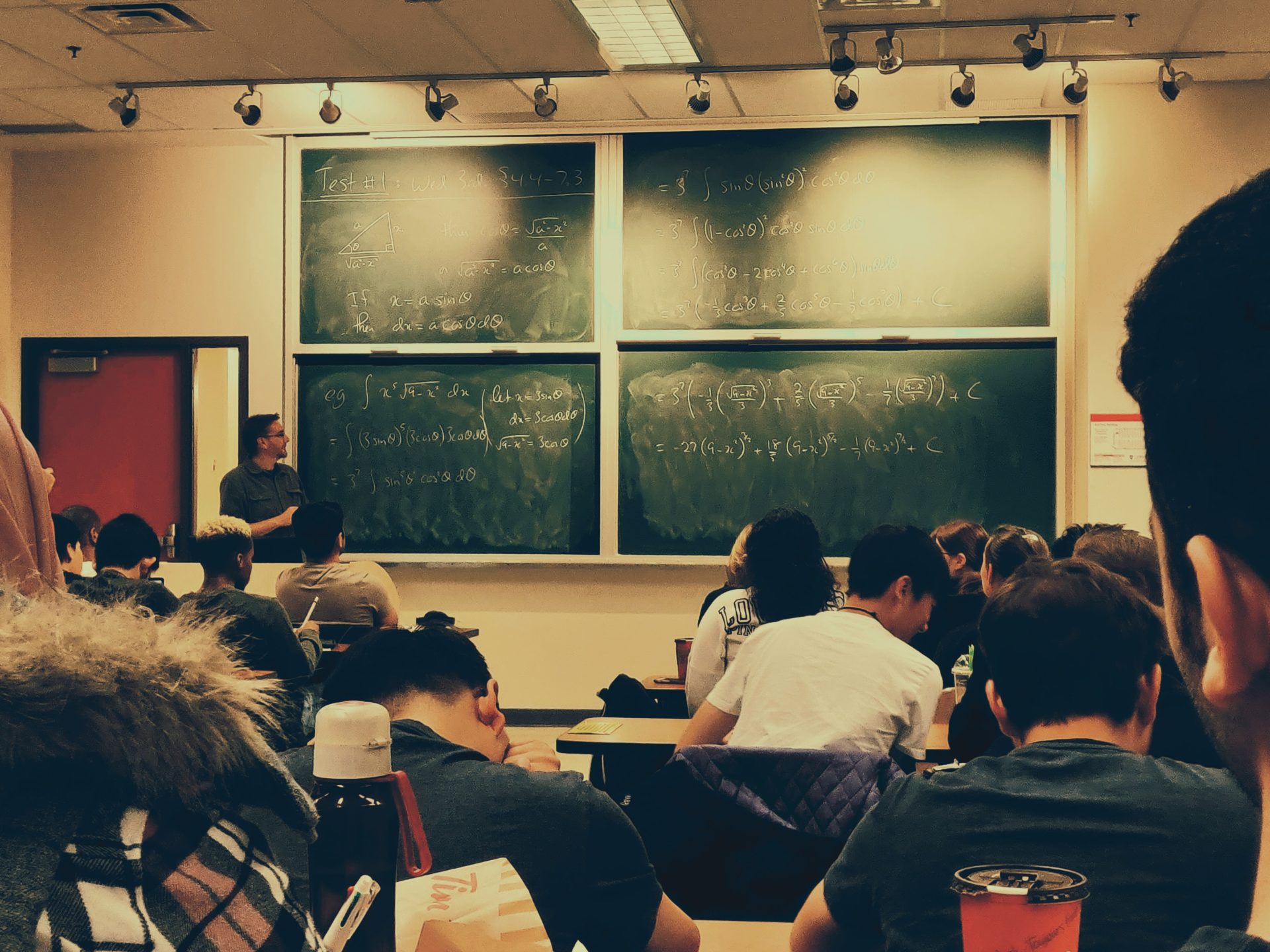
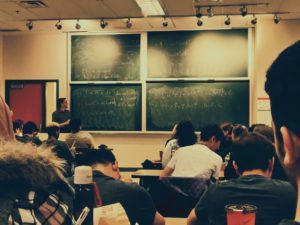

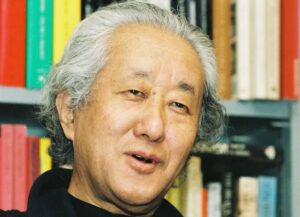
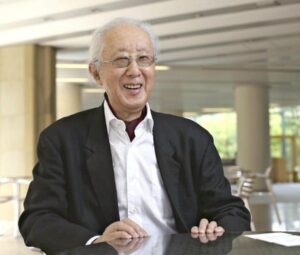
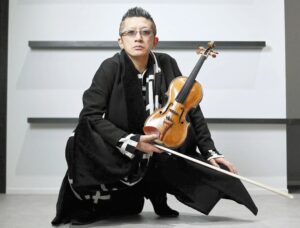




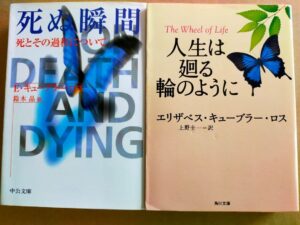
コメント